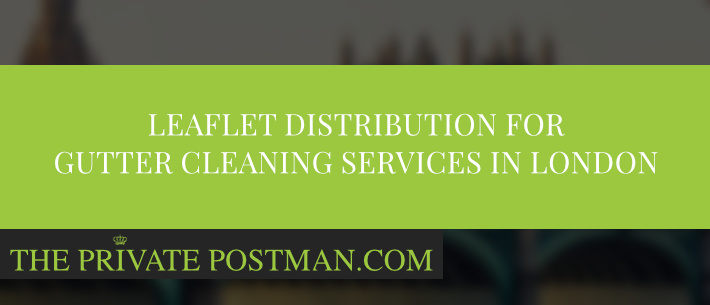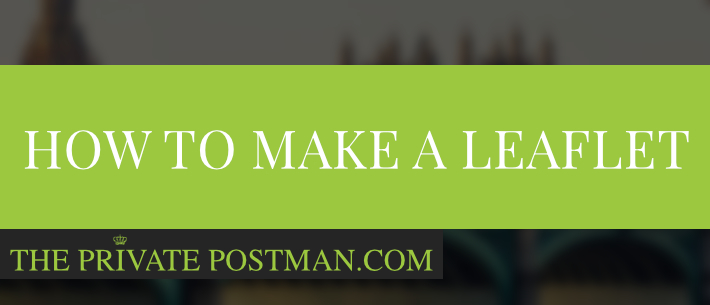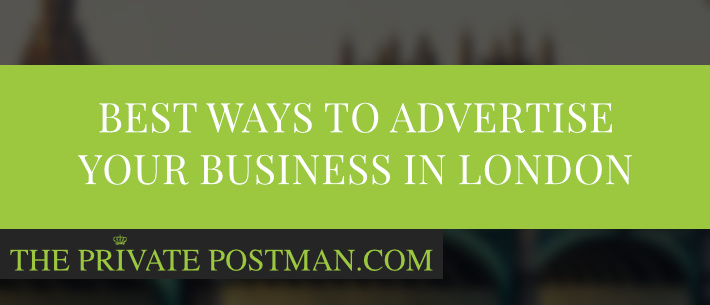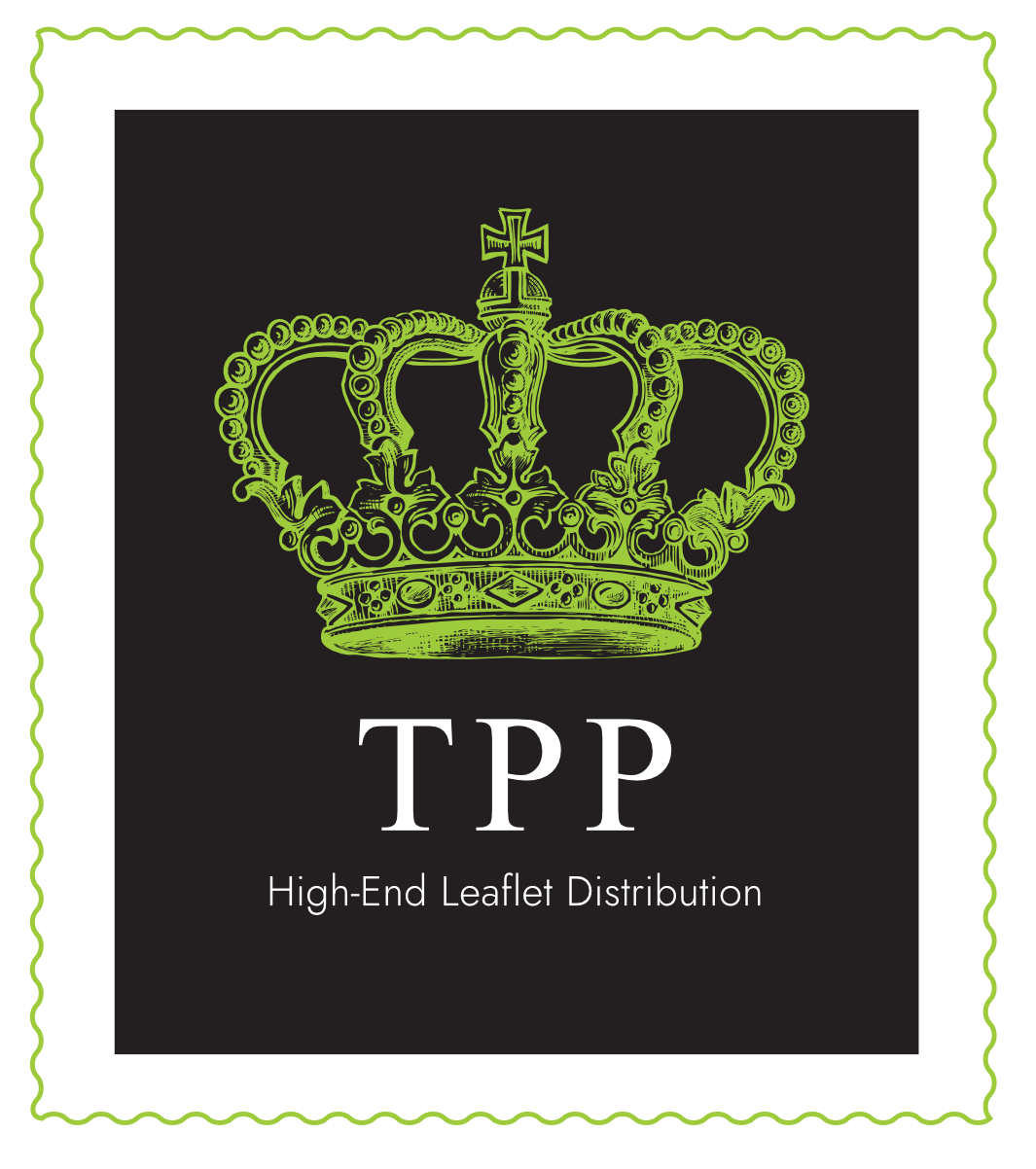You’ve probably noticed how much technology has become integrated into everyday life. You’ve probably also noticed that, for all the talk of artificial intelligence, “smart” devices can actually be anything but. Self-service checkouts at supermarkets for example, are notorious for detecting an “unexpected item in the bagging area”, requiring human intervention to move them on. What may surprise you, however, is how much of the online world depends on AI and how that is creating major problems for online marketing and advertising.
Problem 1 – Creating content for machines and humans
Businesses who wish to use online channels to promote their brand now need to confront the reality that they need to produce content which is readable by robots first and humans second. This is because the major online platforms use software algorithms to determine which content to suggest, organically (i.e. for free) to their users. Hence content creation has to get past the “technology barrier” if it is to have a hope of reaching the humans for whom it is intended. The problem is that what works well for robots (simple identifiers such as keywords and tags) can be the exact opposite of what humans want to see (rich, engaging content). To create even more of a problem, each of the major platform has their own rules about how they rank the relevance of content and these can change at any time, often in a way which strengthens the platform’s hand against the competition. Facebook for example, updated its ranking algorithm in 2014 so that videos which are uploaded directly to their site as being more relevant than links to their competitor YouTube. In other words, the exact same content gets different ratings according to how it is put online.
Problem 2 – Targeted advertising can be very off target
The basic principle of targeted advertising is rock solid – serve the right ads to the right people at the right time to maximize your response rate and thereby make the most effective use of your advertising budget. The problem is that, in practice, this is easier said than done and all the more so because advertisers are essentially working blind. They can tell a given platform that they wish to target a certain user segment, but they basically have to put their trust in the platform to deliver that. It’s also very difficult for adverts, even targeted ones, to have what could be called “tangible share value”. In other words, if your advert is put in front of someone who isn’t interested themselves, but knows someone who might be, it may, depending on the site, get pushed straight out to the friend, but even if it does, it’s still going to be placed in with a stream of content (often a fast moving stream of content), where it likely to be both harder to see and harder to save than an advert on paper.
So what does this mean?
As we’ve said so often before, we do love the digital world and we are well aware that an effective online presence can be of great benefit to a company. We just think that for small businesses, the road to success is managing one or two online channels really well and understanding exactly how they work, while continuing to use a tried, tested and proven offline strategy such as leaflet delivery in London. We’d also suggest that small businesses tread very warily with online, location-based marketing, at least until it has a much more compelling track record. For the time being, we prefer to place our trust in our TPP mapping system, which was developed to ensure that leaflet delivery campaigns in London reach the right customers in the right locations. As we like to say, the letter box is future-proof – and it works!






